Circuit Card Assembly: A Comprehensive Guide to Design, Manufacturing, and Application
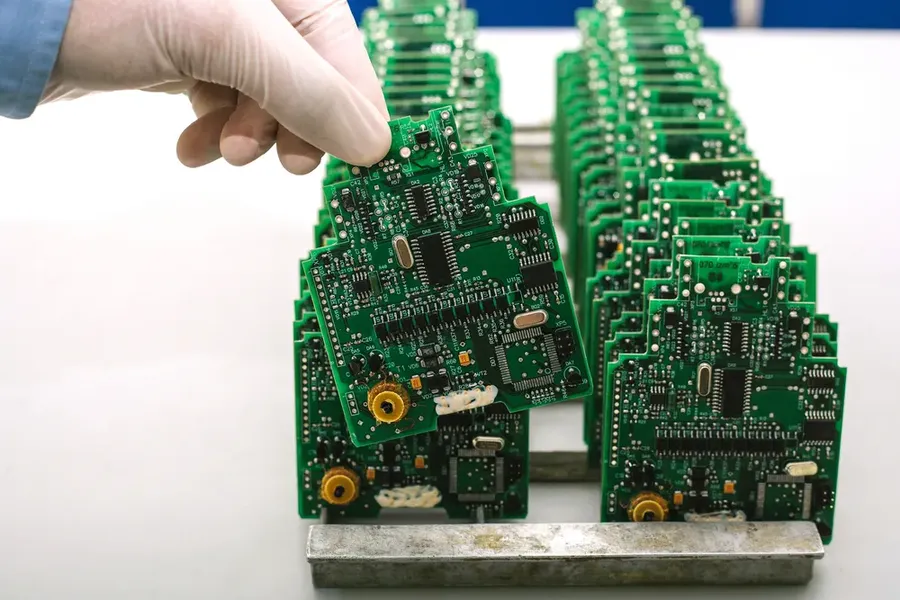
From the smartphones in our pockets to the complex systems powering space exploration, circuit card assemblies, or CCAs, are the unsung heroes of the electronics world. These sophisticated pieces of technology, born from the fusion of design and engineering, are the core of nearly every electronic device. This article delves into the intricacies of circuit card assembly, exploring what it is, how it's made, and why it's so essential to our technology-driven lives.
Understanding Circuit Card Assembly (CCA)

A Circuit Card Assembly (CCA) represents a fully populated and functional electronic module, distinct from a bare Printed Circuit Board (PCB). It embodies the integration of electronic components onto a PCB, forming an operational unit ready for use in electronic devices. The term 'CCA' often encompasses the complete assembly, including the board and its attached components.
Key elements of a CCA include the foundational PCB substrate, surface-mounted and through-hole components such as resistors, capacitors, integrated circuits (ICs), and connectors. These components are interconnected via conductive traces on the PCB, creating a functional circuit.
Understanding the distinction between a PCB and a CCA is crucial. A PCB is the foundation—a board with conductive pathways, while the CCA is the realized circuit, complete with all necessary components. The relationship between PCBs, CCAs, and PCBAs is hierarchical: a PCB is the base, a PCBA is the PCB with components, and a CCA often implies a fully tested and functional PCBA ready for its intended application.
CCA vs. PCB vs. PCBA: Clarifying the Differences
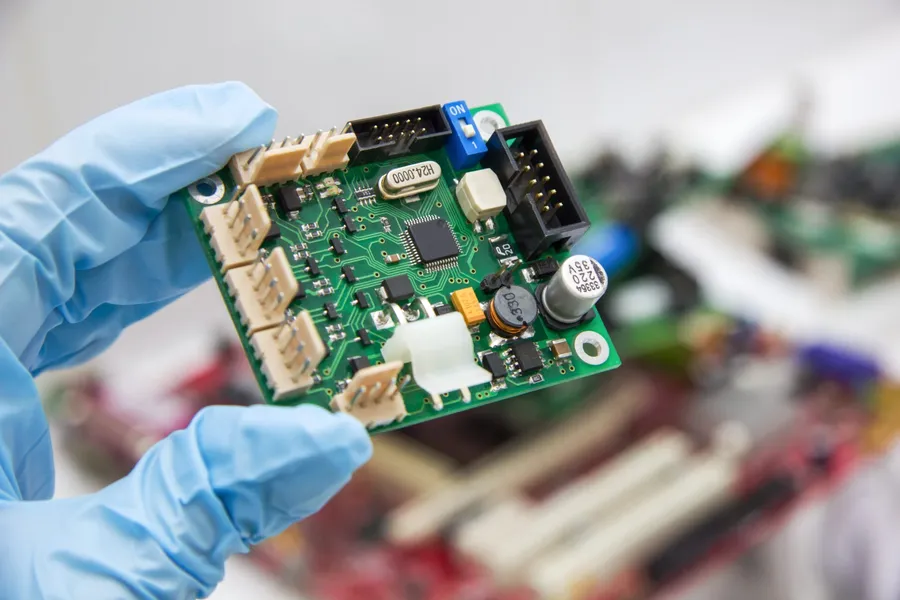
Understanding the distinctions between a Circuit Card Assembly (CCA), a Printed Circuit Board (PCB), and a Printed Circuit Board Assembly (PCBA) is crucial in electronics manufacturing. These terms are often used interchangeably, but they represent different stages of the electronic product development and manufacturing process. A clear understanding of these differences helps in specifying requirements, cost estimation, and project management.
| Feature | PCB | PCBA | CCA |
|---|---|---|---|
| Definition | A base material with conductive tracks and pads. | A PCB with electronic components soldered onto it. | A broader term encompassing the PCBA, possibly including other associated components or a sub-assembly. |
| Components | Bare substrate with copper traces, vias, and pads. | PCB + electronic components (resistors, capacitors, ICs, etc.). | PCBA and possible housing, connectors, heatsinks, or other mechanical hardware |
| Manufacturing Stage | Early stage, fabrication of the board itself. | Mid stage, assembly of components onto the PCB. | Final stage or sub-assembly, incorporating the PCBA into a larger system. |
| Functionality | Provides electrical pathways for components. | Performs electronic functions through interconnected components. | Performs a specific function or part of a broader functional subsystem within a finished system |
| Complexity | Lower complexity, primarily material and trace design. | Medium complexity, involves both board design and component assembly. | High complexity due to the integration of PCBAs into larger systems or modules. |
| Examples | Bare board before components are added. | A fully assembled and soldered circuit board with electronic components. | An embedded system, or control module, or a complete circuit card which may have connectors, shielding, and heatsinks. |
The PCB is the foundational building block, acting as the canvas for electronic circuits. The PCBA is the result of the assembly process where components are soldered onto the PCB. The CCA extends the concept further by not only encompassing the PCBA but also, at times, incorporating the additional mechanical, thermal, and interconnection elements to fulfill higher level functional integration requirements.
The Circuit Card Assembly Manufacturing Process
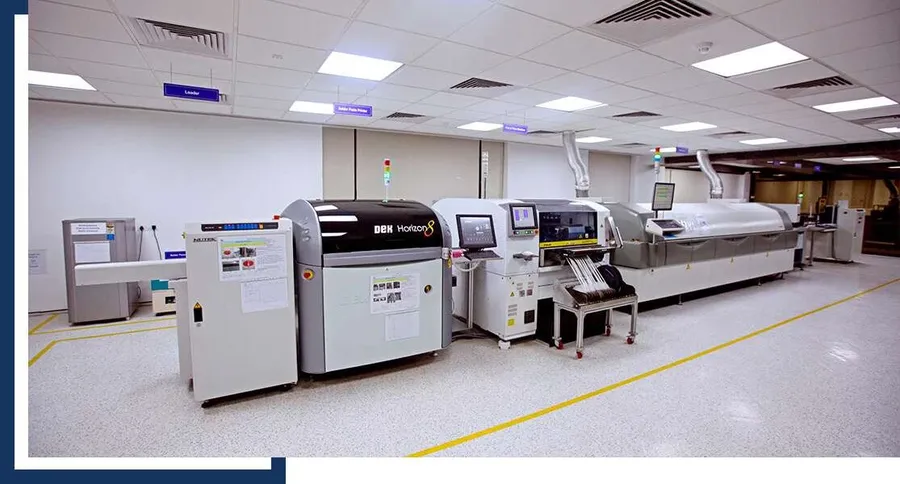
The circuit card assembly (CCA) manufacturing process is a complex, multi-stage operation transforming raw materials and electronic components into a functional electronic module. This process encompasses design, component selection, assembly, soldering, testing, and quality control, each critical for ensuring the final product meets performance and reliability requirements.
- Design and Layout
The process begins with the electronic design, where schematics are converted into a physical layout of the circuit board. This includes defining the board's dimensions, trace routing, component placement, and thermal considerations. Specialized software like CAD tools are used extensively in this phase. The design must adhere to strict electrical and physical constraints. Critical parameters include trace impedance, component clearances, and thermal management strategies. - Component Selection
Based on the design requirements, components are selected. This phase involves choosing the correct resistors, capacitors, inductors, integrated circuits (ICs), connectors, and other necessary parts. Considerations include electrical specifications, tolerance, operating temperature range, size, cost, and availability. A Bill of Materials (BOM) is generated, detailing each component's specifications and sourcing information. This is a critical step, as the performance of the final assembly heavily relies on the quality and selection of the chosen parts. - Solder Paste Application
Solder paste is precisely applied to the PCB's pads where components will be mounted. This is done through stencil printing, which ensures that the correct amount of solder is applied to the right locations. The quality of solder paste, proper printing techniques, and the accuracy of stencil alignment are all critical factors in achieving a robust and reliable solder joint. - Component Placement
Automated pick-and-place machines are used to accurately position components onto the PCB. These machines are programmed with the specific locations of each part and can place components with high speed and precision. Correct placement is crucial for achieving optimal performance and avoiding short circuits. The machines are also capable of handling a wide range of component sizes and types. - Soldering
The assembled board then goes through a soldering process, typically reflow soldering, where the entire board is heated to melt the solder paste, creating permanent electrical and mechanical connections between components and the PCB. The heating profile (temperature and time) must be carefully controlled to ensure proper solder joint formation and avoid component damage. Proper joint formation is essential for long-term reliability of the assembly. Wave soldering might be used for through-hole components. - Inspection and Testing
After soldering, each CCA undergoes rigorous inspection. Automated Optical Inspection (AOI) is used to detect visual defects such as missing components, misplaced components, and solder joint issues. Electrical tests, such as in-circuit testing (ICT) and functional testing, are performed to verify that all components are properly connected and the assembly is functioning according to design specifications. Any detected defects are either reworked or the boards are rejected. These tests help to identify manufacturing faults and ensure the finished product meets desired functional requirements. The complexity and rigor of these tests vary depending on the application. - Quality Control
Throughout the entire manufacturing process, stringent quality control measures are implemented. This involves verifying component quality, process adherence, and finished assembly performance. Statistical process control (SPC) is used to monitor and improve production yield and consistency. This ensures that every manufactured CCA meets established quality standards and minimizes the risk of in-field failures. It also provides insight for continuous improvement of the manufacturing process.
Materials and Components Used in Circuit Card Assembly
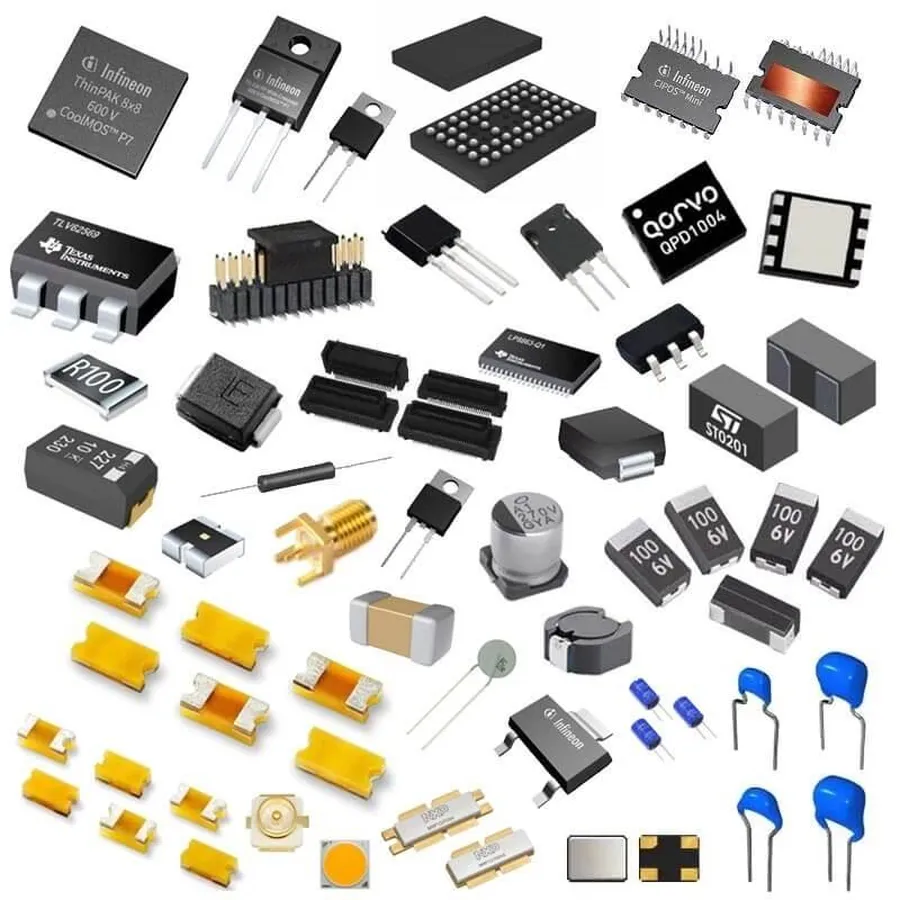
Circuit card assemblies (CCAs) are constructed from a diverse range of materials and components, each selected for specific electrical, mechanical, and thermal properties. The choice of these materials and components directly influences the performance, reliability, and cost of the final product. This section details the key materials and components commonly found in CCA construction.
| Component Category | Specific Components | Function | Materials |
|---|---|---|---|
| Substrates | FR-4, CEM-1, Polyimide, Metal Core | Provides the structural base for the CCA, supporting other components and creating a foundation for conductive traces. | Fiberglass epoxy, paper-based resin, polyimide film, metal alloy |
| Resistors | Surface Mount Resistors (SMD), Through-Hole Resistors | Controls the flow of electrical current and provides a specific resistance value in the circuit. | Carbon film, metal film, thick film |
| Capacitors | Ceramic Capacitors, Electrolytic Capacitors, Tantalum Capacitors | Stores electrical charge and provides filtering, decoupling, or energy storage functions. | Ceramic, Aluminum, Tantalum |
| Integrated Circuits (ICs) | Microprocessors, Microcontrollers, Logic Gates, Memory Chips | Performs complex functions and logic operations in the circuit, often central to the operation of the CCA. | Silicon, Germanium |
| Connectors | Pin Connectors, Edge Connectors, Wire Connectors, RF Connectors | Provides connections for external devices or other circuit boards, enabling signal and power transfer. | Metal alloys, plastic housings |
| Inductors | Wire-wound inductors, multilayer inductors, ferrite core inductors | Stores energy in a magnetic field, used for filtering, signal processing and power applications. | Copper wire, ferrite |
| Diodes | Rectifier diodes, zener diodes, LED diodes | Controls the direction of current flow or provides specific voltage regulation and light emitting. | Silicon, Germanium |
| Transistors | Bipolar Junction Transistors (BJTs), Field Effect Transistors (FETs) | Amplifies and switches electronic signals and power. | Silicon, Germanium |
The selection of these materials and components requires a thorough understanding of electrical engineering principles, the operating environment of the CCA, and cost considerations. The right balance of performance, durability, and cost-effectiveness leads to a successful and reliable circuit card assembly.
Types of Circuit Card Assemblies
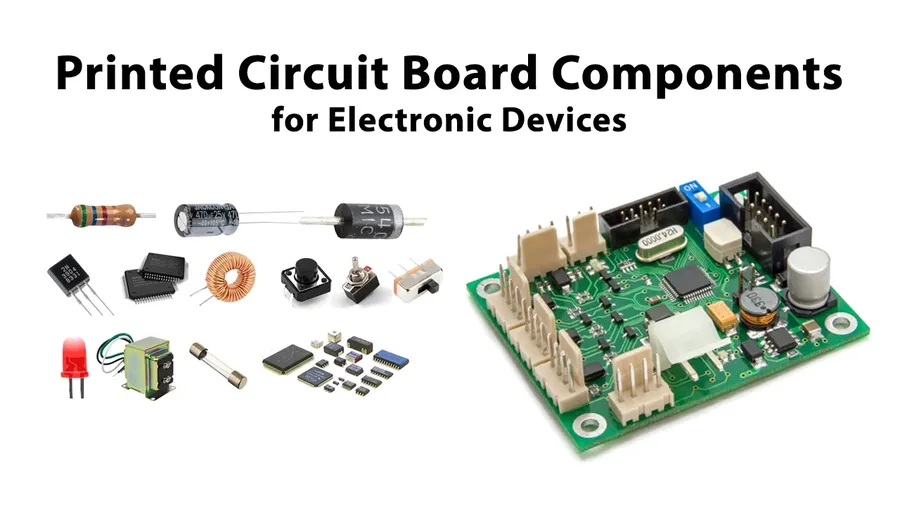
Circuit card assemblies (CCAs) exhibit a wide range of types, each tailored to specific application needs and complexities. These variations in design and construction lead to diverse performance characteristics and suitability for different electronic products. Classification can be based on several factors including the number of layers, the method of component mounting, and the materials used.
| CCA Type | Description | Typical Applications | Complexity | Cost |
|---|---|---|---|---|
| Single-Sided CCA | Components are mounted on one side of the board. Traces are on a single layer, limiting the density of the circuit. | Simple consumer electronics (e.g., calculators, remote controls), basic lighting circuits. | Low | Low |
| Double-Sided CCA | Components can be mounted on either or both sides of the board. Both top and bottom layers have traces that can be connected using through-hole vias. | Consumer electronics (e.g., audio devices, simple control circuits), simple industrial control devices. | Medium | Medium |
| Multi-Layer CCA | Three or more conductive layers separated by insulating material. Internal layers allow for increased circuit density and more complex designs. | High-performance computing, advanced communication devices, aerospace equipment, medical devices. | High | High |
| Rigid CCA | The most common type of CCA, made from a rigid substrate such as FR-4. | Most electronics applications due to versatility and cost-effectiveness. | Variable | Variable |
| Flex CCA | Made from flexible materials, allowing the circuit to be bent and flexed. Ideal for applications requiring complex shapes or movement. | Wearable electronics, medical devices, automotive systems with space constraints. | Medium to High | Medium to High |
| Rigid-Flex CCA | Combines rigid and flexible materials, offering the benefits of both. Allows for complex designs with both rigid component mounting areas and flexible interconnects. | Advanced medical equipment, high-reliability industrial control systems, advanced aerospace systems | High | High |
Applications of Circuit Card Assembly
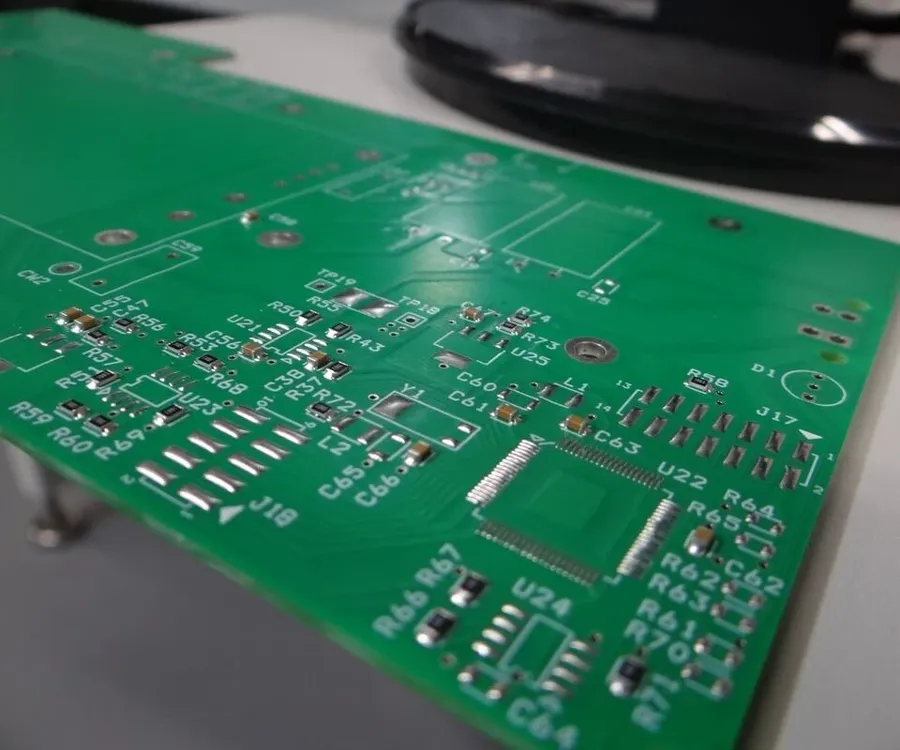
Circuit Card Assemblies (CCAs) are ubiquitous in modern technology, serving as the foundational building blocks for a vast array of electronic devices and systems. Their versatility and adaptability make them indispensable across numerous industries, where they perform critical functions that enable the operation and functionality of complex equipment. This section explores the diverse applications of CCAs across various sectors, highlighting their significance and the critical roles they play.
The application of CCAs spans a wide spectrum, from everyday consumer goods to specialized industrial equipment and cutting-edge scientific instruments. This pervasiveness is a testament to their ability to be customized and refined to meet the specific demands of diverse applications.
- Consumer Electronics
CCAs are the heart of most consumer electronic products, including smartphones, laptops, tablets, televisions, and gaming consoles. They handle processing, communication, and power management functions, enabling seamless and integrated device operations. - Automotive Industry
Modern vehicles heavily rely on CCAs for engine control units (ECUs), infotainment systems, advanced driver-assistance systems (ADAS), and various sensors. These assemblies are vital for the safety, efficiency, and functionality of automobiles. - Aerospace and Defense
In aerospace, CCAs are used in aircraft control systems, navigation equipment, satellite communication systems, and missile guidance systems. They provide the reliable performance required in harsh environmental conditions. Similarly, CCAs play a critical role in defense technology, supporting communication, radar, and weapon systems. - Medical Devices
CCAs are critical components in medical devices such as diagnostic equipment (MRI, CT scan machines), patient monitoring systems, and implantable devices (pacemakers). Their reliability and precision are essential for ensuring patient safety and providing accurate medical care. - Industrial Automation
CCAs are the backbones of industrial control systems, powering programmable logic controllers (PLCs), robotic arms, and various automated machinery. They are crucial for improving efficiency, productivity, and safety in manufacturing settings. - Telecommunications
CCAs enable the functioning of telecommunications infrastructure, including routers, switches, base stations, and network servers. They ensure high-speed and reliable data transmission and connectivity. - Renewable Energy
In renewable energy systems such as solar panels and wind turbines, CCAs are used in power converters, inverters, and control systems. These assemblies optimize energy conversion and distribution. - Scientific Instrumentation
CCAs are employed in scientific instruments like laboratory equipment, sensors, and data acquisition systems. They are critical for enabling accurate measurements and data analysis in research environments.
The ubiquity of CCAs across such diverse fields underscores their foundational role in modern technology. As technology continues to evolve, the importance of CCAs will likely only increase, making them a critical component of future technological innovations. Their design and performance are crucial for ensuring the functionality and reliability of a multitude of products and systems.
Key Considerations in CCA Design and Manufacturing
Designing and manufacturing a Circuit Card Assembly (CCA) requires careful attention to numerous factors to ensure optimal performance, reliability, and cost-effectiveness. These considerations span thermal management, signal integrity, component placement, and manufacturability, all of which are interconnected and critical for a successful end product.
- Thermal Management
Effective heat dissipation is crucial to prevent component failure and performance degradation. Strategies include heatsinks, thermal vias, proper component placement, and selecting materials with high thermal conductivity. Poor thermal management can lead to overheating, which can severely reduce the lifespan of components, cause malfunctions, and even lead to safety hazards. - Signal Integrity
Maintaining signal quality is essential for high-speed and sensitive circuits. This involves impedance matching, controlled trace lengths, and minimizing noise and interference through proper shielding and grounding. Poor signal integrity can cause data corruption, signal loss, and instability, especially in digital and high-frequency applications. Trace widths, spacing, and layer stack-up are critical aspects that affect signal integrity. - Component Placement
Strategic placement of components is important for optimizing performance and simplifying the manufacturing process. This includes considerations such as minimizing trace lengths, placing critical components close together, and ensuring proper alignment for pick-and-place machines. Effective component placement minimizes signal interference, facilitates heat dissipation, and reduces the risk of assembly defects. - Design for Manufacturability (DFM)
Designing a CCA with manufacturing processes in mind can reduce costs and improve efficiency. This includes considerations such as selecting components that are readily available and easy to assemble, ensuring proper spacing for soldering, and designing with test points for in-circuit testing. DFM should be considered early in the design phase to avoid costly rework and delays during production. - Material Selection
Choosing the right materials, including substrates, solder, and components, can have a significant impact on performance, reliability, and cost. Selecting materials compatible with high-temperature soldering processes is important. For example, the substrate material should be appropriate for the application’s thermal and electrical requirements, while the soldering materials need to ensure reliable electrical connections. - Testing and Inspection
Implementing effective testing and inspection processes is essential to identify and address potential issues early in the manufacturing process, from bare board testing, in-circuit testing, to functional testing, each plays a key role in ensuring that every CCA meets the performance requirements. Test strategies should be defined at the design stage to ensure testing can be performed efficiently and effectively.
Frequently Asked Questions About Circuit Card Assemblies (CCAs)
This section addresses common questions regarding Circuit Card Assemblies (CCAs), covering aspects from cost and lifespan to troubleshooting and cost optimization. Understanding these FAQs will provide clarity and practical insights into the world of CCAs.
- What is a circuit card assembly (CCA)?
A Circuit Card Assembly (CCA) is a complete electronic module that consists of a Printed Circuit Board (PCB) with electronic components such as resistors, capacitors, integrated circuits, and connectors soldered onto it. Essentially, it's the functional unit after the bare PCB has been populated with components. - What is the key difference between a PCB and a CCA?
A Printed Circuit Board (PCB) is a board made of non-conductive material with conductive pathways (traces) etched onto it, designed to provide mechanical support and electrical connections for electronic components. A CCA, on the other hand, is a PCB that has been fully populated with electronic components and is ready to perform a specific function. - What factors influence the cost of assembling a CCA?
Several factors affect the cost of CCA assembly. These include the cost of the bare PCB, the type and quantity of components, the complexity of the assembly process (e.g., surface mount vs. through-hole), labor costs, and testing requirements. Additionally, material costs and any required tooling or fixture needs can impact the overall price. - How does the quantity of CCAs affect the assembly cost?
Generally, the cost per CCA decreases as the quantity increases due to economies of scale. Larger production runs allow for more efficient use of manufacturing resources, reduced setup costs per unit, and better pricing on components purchased in bulk. However, there are diminishing returns and beyond a certain quantity the cost reductions are less substantial. - How can assembly costs be optimized for CCAs?
Cost optimization strategies include simplifying the design to minimize component count and assembly complexity, sourcing components at competitive prices, using automated assembly processes when feasible, optimizing component placement for efficient soldering, and implementing robust testing protocols early in the process to reduce rework and scrap rates. Design for manufacturability (DFM) is crucial. - What is the typical lifespan of a CCA?
The lifespan of a CCA depends on various factors, including the quality of components, operating conditions (temperature, humidity), power requirements, and the specific application. High-quality CCAs, operating within their specified parameters, can last for many years. However, components may degrade or fail over time due to stress, overheating, or environmental factors. Component selection and system thermal management play a critical role. - What are common troubleshooting methods for CCAs?
Troubleshooting CCAs involves a systematic approach that may begin with visual inspection for obvious defects (e.g., cold solder joints, broken components). Electrical testing with multimeters and oscilloscopes is then utilized to identify faulty components or connections. Functional testing of the entire assembly under real-world operating conditions is the next step. Root cause analysis is crucial for effective and efficient repairs. Additionally, documentation like circuit diagrams can also prove very useful.
Future Trends and Innovations in Circuit Card Assembly
The circuit card assembly (CCA) industry is undergoing rapid transformation, driven by technological advancements, increasing demand for miniaturization, and a growing emphasis on sustainability. These trends are shaping the future of CCA design, manufacturing, and application, impacting everything from the materials used to the production processes employed.
One of the significant driving forces of CCA innovation is the push for miniaturization. As electronic devices become smaller and more powerful, the demand for highly dense and compact CCAs increases. This drives the development of new assembly technologies and ultra-fine pitch components. Simultaneously, environmental considerations are leading the industry towards more sustainable and environmentally friendly manufacturing methods.
- Advanced Materials
The industry is seeing an increasing adoption of new materials with improved thermal, electrical, and mechanical properties. This includes advanced polymer composites, ceramics, and nanomaterials, enhancing the performance and reliability of CCAs. - Automation and Robotics
Increased automation and robotics are being integrated into the manufacturing process, leading to higher efficiency, precision, and reduced production costs. Automated placement and soldering systems are becoming more prevalent, especially in high-volume manufacturing. - 3D Printing
The use of 3D printing technologies is emerging as a promising avenue for rapid prototyping and the fabrication of complex CCA structures, allowing for more customized and innovative designs. This technology enables greater design freedom and faster design iterations. - Artificial Intelligence (AI)
AI is being utilized for predictive analysis, quality control, and process optimization, enhancing the efficiency and accuracy of CCA manufacturing processes. AI algorithms can identify defects, optimize component placement, and streamline production workflows. - Sustainable Manufacturing Practices
The focus on environmental sustainability is pushing manufacturers to adopt eco-friendly materials and processes. This includes the use of lead-free solders, water-based cleaning solutions, and closed-loop recycling systems. - Advanced Interconnect Technologies
New interconnect techniques, like chip-on-board (COB) and system-in-package (SiP) are enabling higher levels of integration and miniaturization, allowing designers to pack more functionality into a smaller form factor. These technologies are pushing the limits of what's possible in circuit board density. - Flexible and Wearable Electronics
The rise of flexible and wearable electronics is driving innovation in the development of bendable and stretchable circuit card assemblies, requiring novel materials, assembly methods, and design considerations.
Circuit card assembly, while often unseen, is the backbone of our modern electronic world. This guide has journeyed from the fundamentals of CCA, through its manufacturing process, and into its myriad of applications, highlighting the critical role this technology plays across industries. As we advance further into the digital age, CCAs will become ever more sophisticated and essential. Understanding CCA is not just about learning about a manufacturing process but about comprehending a fundamental element of technological progress and innovation.
 AnyPCBA
AnyPCBA